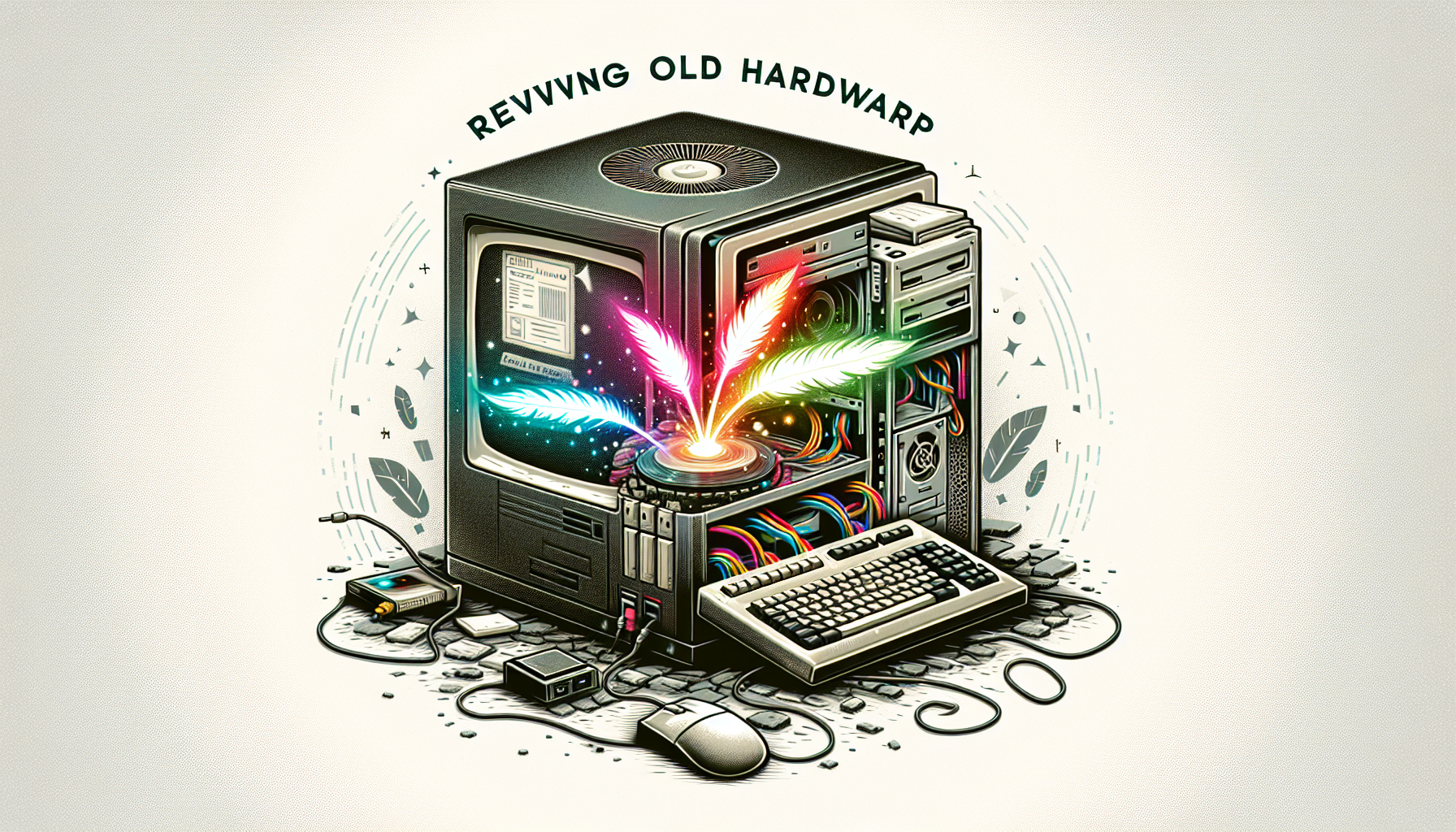Reviving Old Hardware: How to Give New Life to Old PCs Using Lightweight Linux Distros
Many households have old computers gathering dust, seemingly obsolete and slow compared to modern hardware. However, these machines can be revitalized and repurposed using lightweight Linux distributions. This approach not only reduces electronic waste but also creates functional devices for everyday tasks like web browsing, word processing, and more. In this post, we’ll explore how to give new life to old PCs using lightweight Linux distros.
Choosing a Lightweight Linux Distribution
The first step in reviving an old PC is choosing the right lightweight Linux distro. Here are some popular options:
- Lubuntu: Based on Ubuntu, Lubuntu is designed to be lightweight and efficient without sacrificing usability.
- Puppy Linux: Known for being exceptionally fast and small, it runs in RAM and is very responsive.
- Linux Lite: Aims to make the transition from Windows to Linux as smooth as possible, great for beginners.
- Bodhi Linux: Features the Enlightenment desktop, known for its beauty and minimal resource use.
Evaluating Hardware Compatibility
Before selecting a distro, it’s important to assess the old PC’s hardware:
- Processor Speed: Aim for distros that require less processing power.
- RAM: Check the minimum and recommended RAM requirements of the distro.
- Storage Space: Ensure your hard drive has enough space for installation and future use.
- Peripheral Compatibility: Verify that the distro supports your hardware peripherals like printers, scanners, etc.
Preparing the Installation
Once you’ve picked a distro, prepare for the installation:
- Backup Your Data: Always back up any existing data on the PC before proceeding.
- Create Installation Media: Download the ISO file from the distro’s website and use a program like Rufus or UNetbootin to create a bootable USB drive.
- Set BIOS to Boot from USB: Access the BIOS settings (often by pressing F2, F10, or DEL during boot-up) and set the boot priority to the USB drive.
Installation Process
- Boot from the USB drive and follow the on-screen instructions to install the Linux distro. This typically involves partitioning the hard drive and selecting the appropriate settings.
Post-Installation Setup
After installing the Linux distro, a few setup steps can help optimize the old PC:
- Update the System: Ensure all packages are up to date for security and stability.
- Install Essential Software: Lightweight versions of software like LibreOffice, a lightweight web browser, and necessary drivers.
- Configure System Settings: Adjust settings for better performance on your hardware, such as disabling unnecessary startup applications.
Useful Tips
- Experiment with different desktop environments that might be lighter on resources.
- Consider using cloud-based services for tasks that are too intensive for the old hardware.
Conclusion
Reviving an old PC with a lightweight Linux distro can be a rewarding project. It reduces waste, saves money, and can provide you with a perfectly good computer for many basic tasks. With the right preparation and choice of distro, nearly any old hardware can start a new life as a functional machine.




